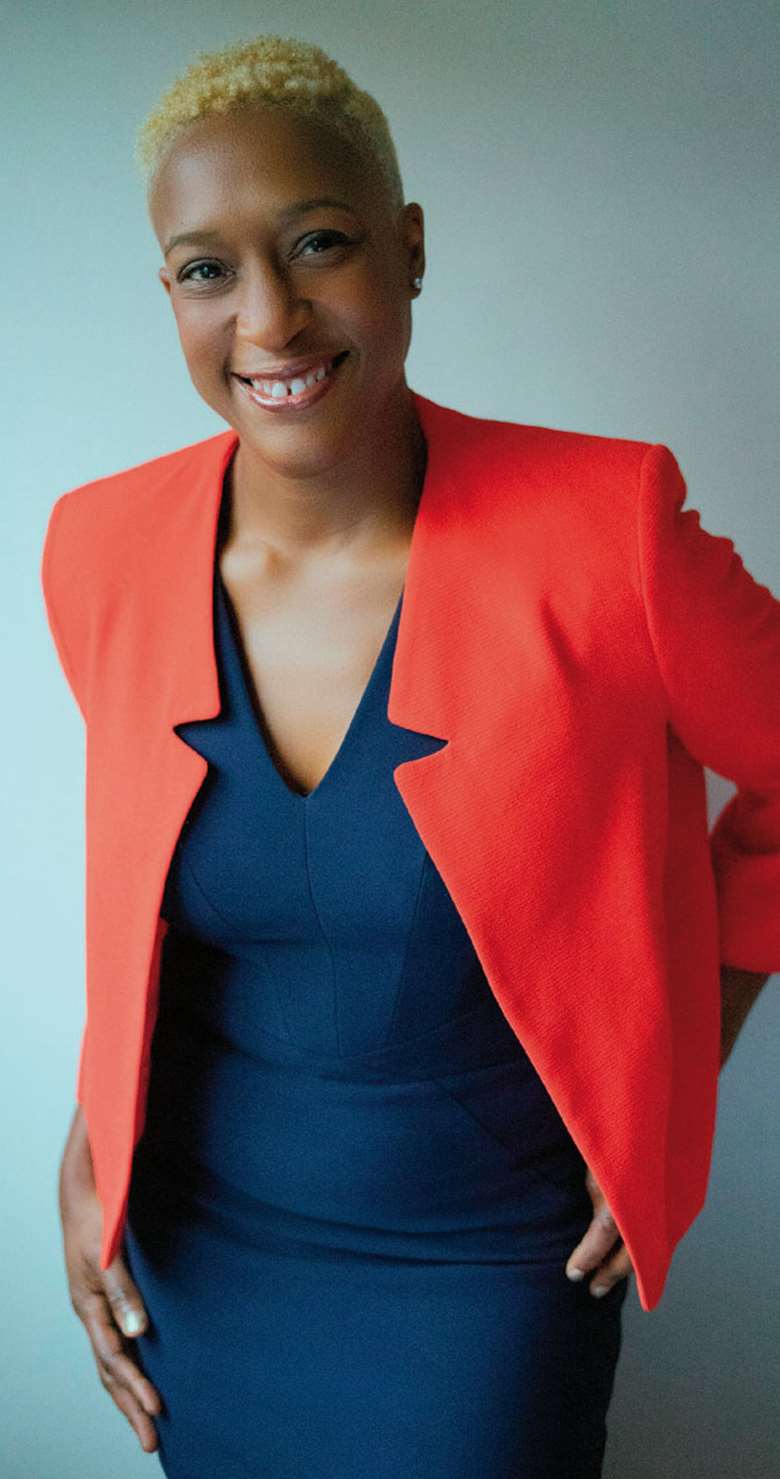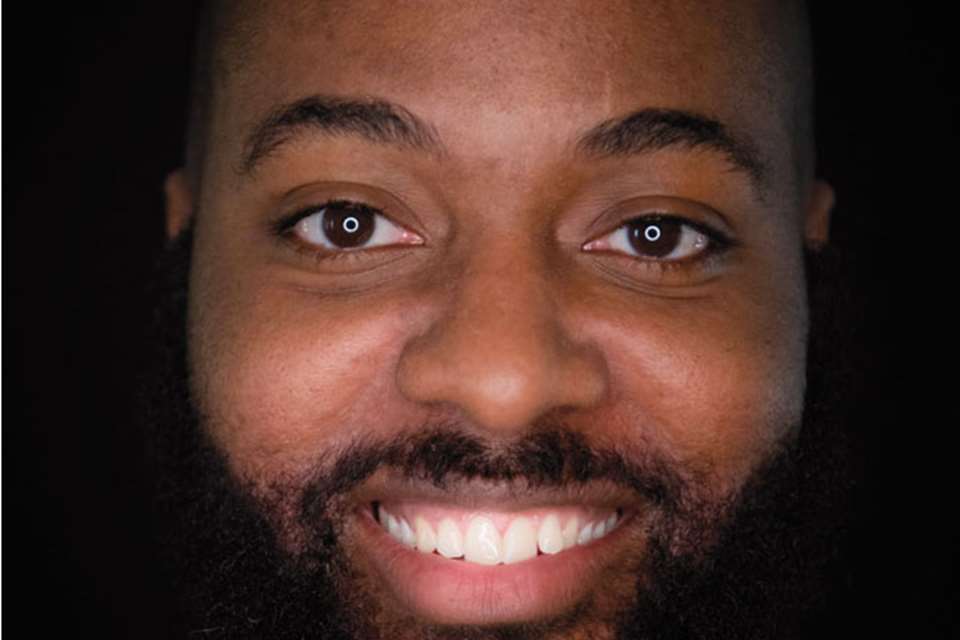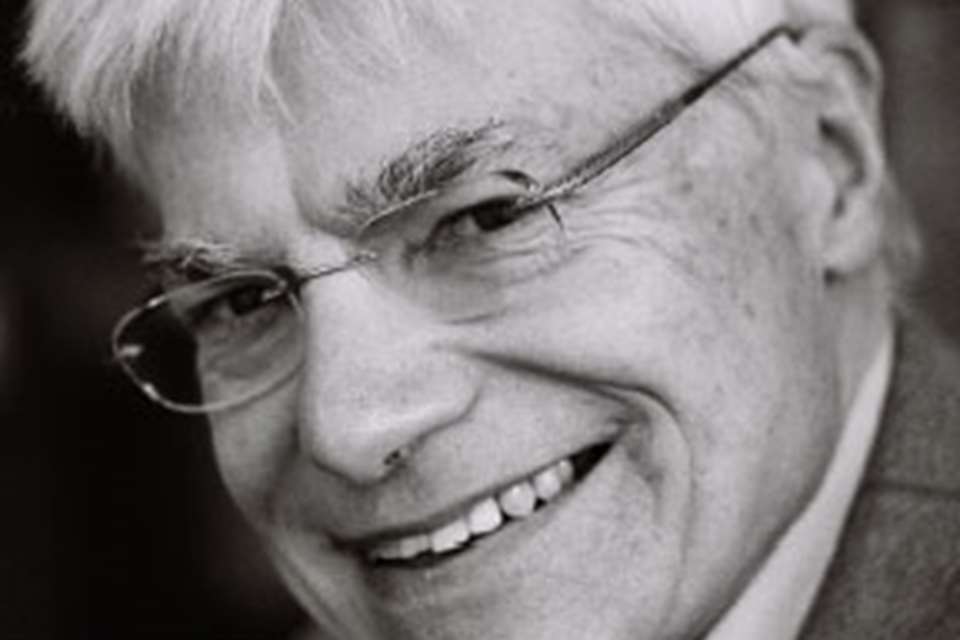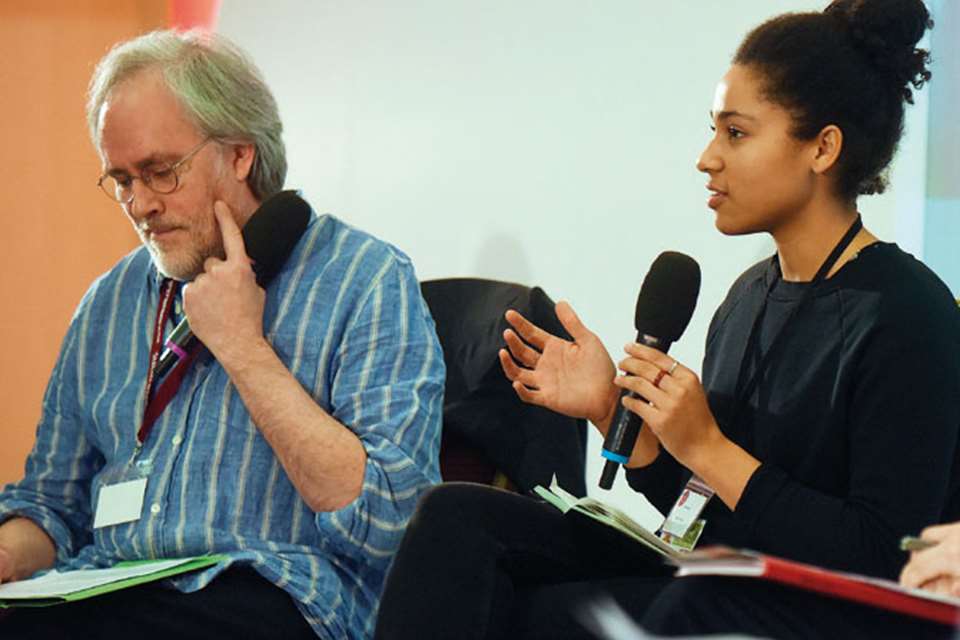Q&A: Samantha Stimpson
Hattie Fisk
Sunday, August 1, 2021
With 20 years of experience in arts and music education behind her, Samantha Stimpson is the founder and CEO of SLS 360, a research and consultancy agency. Her recent research for Music Mark addresses the question of how Music Education Hubs (MEHs) can instigate change to become more inclusive, diverse and representative. Hattie Fisk catches up with her.

Courtesy Samantha Stimpson
Samantha Stimpson's report investigated staff experiences across the London MEH workforce, finding a representative gender balance and an overwhelmingly strong sense of belonging from staff at their workplace. However, the report also found underrepresentation regarding ethnicity and race, especially at leadership level where only 13 per cent of people identify as Black, Asian, Mixed or a person of colour from the global majority, compared to the London population of 43 per cent.
HF: How did your research with Music Mark come about and what was the aim of your report?
SS: I responded to a request from the London Music Education Hubs to find out what the situation was within their sector. In response to the death of George Floyd and the BLM [Black Lives Matter] movement, lots of organisations were looking at themselves and asking if they were truly anti-racist; the music hubs decided that they should also have this conversation. The vision for me was to create a greater level of perspective and understanding of the people who are underrepresented. My hope was to educate, inform and inspire – and then turn that into action.
HF: What did the research involve?
SS: There are only four senior leaders of music education hub in London who are not white, and I was one of them, so I conducted interviews with the other three to find out about their journey. And I also did a survey to all the staff in all the music education hubs in London about their racial attitudes, racial behaviours, awareness, feelings of wellbeing, belonging and inclusion, and then some quantitative data. This helps you to recognise what areas have underrepresentation, where you need to improve on that and potentially set targets.
HF: How do you ensure that these conversations turn into positive change?
SS: It isn't always easy. Whenever you're talking about race, it can be uncomfortable, and often conversations around race centre on whiteness. I think initially when we start talking about race, it is important to make sure you create an environment where it is okay to ask questions and get things wrong – where you don't let the possibility of making a mistake stop you from taking action. Then even if what you do is not perfect, you're still taking that action.
HF: Can you tell me about your own experience of music education growing up?
SS: When I was younger, I was the only black child in my class; I was one of three in my secondary school, and this was in London! There were also no music teachers who looked like me, and at that time I definitely felt a sense of not belonging, but I had a such a love for music. I'm a viola player and I really loved playing in orchestras, and I didn't want to stop because I felt like maybe it was a space that I didn't belong in. However, if you think about role models in your life, how many of them look like you? If they don't look like you, there can be a bit of a disconnect. I think there's a real danger of that divide widening if we don't look at it more closely.
HF: How do we avoid tokenism when trying to combat these areas?
SS: It starts with the whole culture of inclusion. I've often said to organisations who want me to help them to diversify their work, ‘What is the culture that [new employees] are coming into?’, because otherwise it ends up being a revolving door. There needs to be that culture of belonging and you need to start with your organisation. We're not trying to use metrics here, but we're saying we recognise the importance of a diverse workforce, different perspectives, different lived experiences, different mindsets, and so forth. If that is presented to individuals, then they are more likely to come on board, rather than just seeing it as a tokenistic gesture to get numbers up.
HF: What is your biggest piece of advice for educational organisations striving for equality and diversity?
SS: I think the first thing is just to start – don't spend too long thinking about it and planning what to do. Find some advice – there is lots of information out there on conscious inclusion, which is my way of saying ‘unconscious bias’. Get support from people or organisations who can help you with the best approach for your organisation. Keep reaching out and keep talking – it is a continual process.
Stimpson's report with Music Mark can be found here.
Stimpson's research and consultancy agency: www.sls360.org





